Serendip is an independent site partnering with faculty at multiple colleges and universities around the world. Happy exploring!
Walled Women

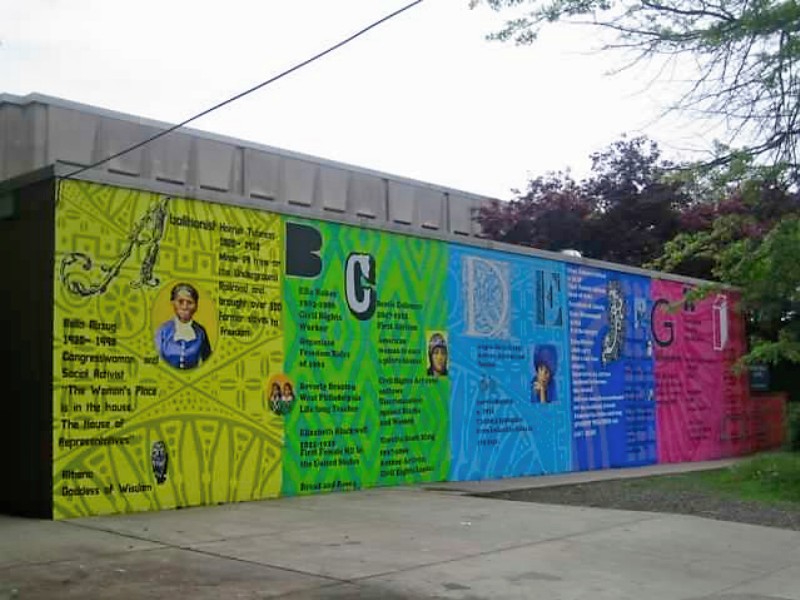
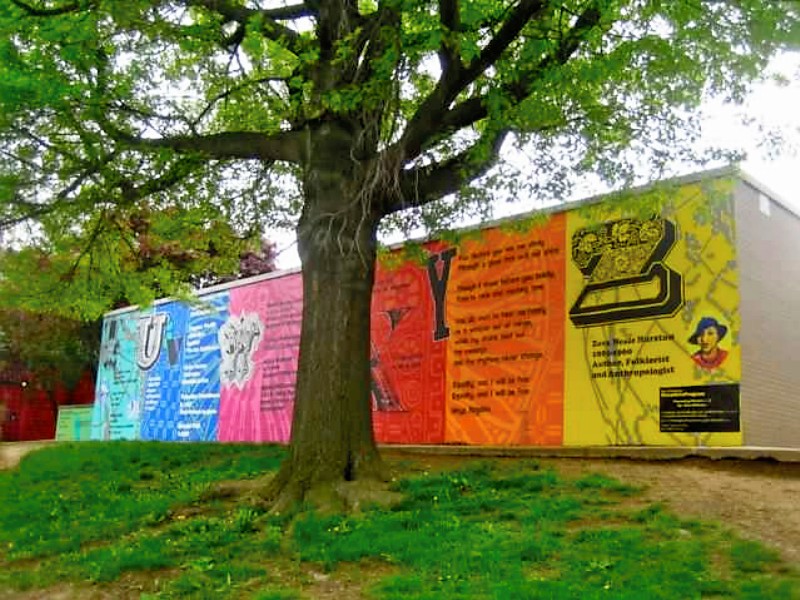
POST YOUR THOUGHTS HERE
Welcome to the on-line conversation for Women in Walled Communities, a cluster of three courses in a new 360° @ Bryn Mawr College that focuses on the constraints and agency of individual actors in the institutional settings of women's colleges and prisons.
This is an interestingly different kind of place for writing, and may take some getting used to. The first thing to keep in mind is that it's not a site for "formal writing" or "finished thoughts." It's a place for thoughts-in-progress, for what you're thinking (whether you know it or not) on your way to what you think next. Imagine that you're just talking to some people you've met. This is a "conversation" place, a place to find out what you're thinking yourself, and what other people are thinking. The idea here is that your "thoughts in progress" can help others with their thinking, and theirs can help you with yours.
Who are you writing for? Primarily for yourself, and for others in our cluster. But also for the world. This is a "public" forum, so people anywhere on the web might look in. You're writing for yourself, for others in the class, AND for others you might or might not know. So, your thoughts in progress can contribute to the thoughts in progress of LOTS of people. The web is giving increasing reality to the idea that there can actually evolve a world community, and you're part of helping to bring that about. We're glad to have you along, and hope you come to both enjoy and value our shared explorations. Feel free to comment on any post below, or to POST YOUR THOUGHTS HERE.

Voice Paper #2
The images that really caught my attention were jo’s and sdane’s images that compare meals between public schools and prisons. When I was in high school, I had heard a rumor, or what I thought to be a rumor, stating that the same company that distributed our school lunch was the same who distributed lunch to prisons. After all the readings we have been doing and seeing these images, I am appalled at the reality of these connections. The reason why these images hit so close to home is because these look exactly like the lunch I was receiving. I was eligible for free lunch but I honestly feel as if it was a waste of an opportunity that was given to me specifically, I barely went to lunch – in fact I can count the times I have gone into the cafeteria all four years of high school.

Blurry boundary but clear difference
I was surprised when my peers got confused about my pictures of prison and school. Immediately, I realized that the longer I looked at these two postings, the more they looked alike. I was absolutely shocked by such an observation because school and prison really should not be equal in any senses.
Honestly, I have my assumptions and impressions about prison. I believe that prison exists for a reason. No matter how problematic the prison system is becoming, prison primarily serves to be the correction facility for people who made mistakes under justice system. People are sent to prison for something that they did wrong in most cases today.
On the other hand, in most people’s mind including mine, school ought to be a divine place. Ironically, the administrations and certain policies are compromising the purity of this place. However, no one can deny the paramount role that school and education play in any individual’s growth and success.
How did such two distinctive places get mixed? I will start my conversation from the two pictures: my high school gate which really looks like locked-down place from outside and women prisoners sitting together who look like typical Chinese students are studying. These two pictures together showed two places strangely but interestingly intertwine.


Schools, Prisons, and the War on Drugs in “Third-World USA” (VOICE PAPER #2)
My trip to see mountaintop removal coal mining in southern West Virginia gave me a new perspective of the connection between schools and prisons that parallels discussions we've had in class about the war on drugs and over-surveillance, and the ways in which public schools set certain students up for failure and oppression by the system. I hadn't expected to see such a connection, as I, like many, have a tendency to forget that all issues of oppression are inherently connected and stem from upper-class white male control as it dominates society; to see that the schools are about as confining and the war on drugs about as harsh in these poor, white, rural Appalachian communities as they are in the poverty-ridden, predominately black inner cities. In looking at the various images we all posted last week, HSBurke’s pictures particularly hit me, one of a man standing against the bars of his prison cell, the other of a little boy standing similarly against the bars of the school yard fence. Both people were white, which really made me think of how the over-surveillance in “third world USA” (WV) is less an issue of race than class.

What do murderers look like, anyway?
I am particularly thankful for Zehr's decision to photograph the men and women in street clothes for their representation in Doing Life. The first thought I had upon cracking open the book was "Wow, these people sure don't look like prisoners." In fact, I actually had to flip back to the introduction to verify that I was indeed looking at people who would spend the rest of their lives behind bars. On one hand, I think that the choice to take these people out of their prison attire was one that influenced my inability to connect them with the institution. More so, however, this book reminded me that, "lifers" or not, these people ARE JUST PEOPLE. People who had jobs, families and aspirations. People I could have stood next to in the grocery store checkout line. Whoa. It is disappointing to me that despite this mini-epiphany, I still feel a burning desire to know why these people did what they did to land themselves in this situation. I see this as my minds attempt to understand what separates them from me. But of course, not having access to this information, separation is impossible. I wonder, know, how I will react to being with the women at the Cannery tomorrow. Will they look any less "normal" to me because they'll be wearing the prison uniform? Will I be able to more easily erect that wall of separation that I seem to subconsciously strive for because of this? I think also that there is something to be said about Zehr's use of black and white photography. I've always thought that a lack of color in photography serves to soften edges, blur the lines.
LBCP
"Knowledge is an island surrounded by a sea of mystery"- Chet Raymond, page 30
One of my go-to questions with any sort of presentation, be it a play, a school lesson, a presentation, etc, is "Is it accessible?" When something is presented to me, I don't like to leave feeling absolutely clueless. Maybe this is a privileged state of mind: that I should have some ownership over the thoughts or ideas that people present. The LBCP book talks a lot about doing things for yourself (ie: not everything needs to be performed or presented) and allowing them to be vague. This is making me realize that maybe some performances and presentations aren’t meant to be easily accessible, and you are supposed to just enjoy the ambiguity, and also makes me realize not everything I do necessarily needs to be shared (which I struggle with…if someone doesn’t know I did something, is it real?) These are ideas I strongly "react" to instead of "reflect" on (I believe that is the language used in the book at one point, but I lent my copy to a classmate and can't double check at the moment). I react by feeling uncomfortable with keeping something to myself or by trying to be okay with vagueness; I think to myself “okay, I want to have an open mind, but I feel like I can only be so open until my brain falls out”. But at the same time, the quote above really appeals to me because I feel like it is vagueness, floating around something concrete that I can hold on to.

The body of sound
I am really interested in Christine Kim's work.
She explains her work as examining the physicality of sound. The Physicality of Sound seems unheard of (pun intended) – but it isn’t, or it shouldn’t be. We are physical beings and everything we perceive with our bodies is physical. But she reminds us that sound does not simply exist in one form, and does not have to be experienced in a singular way –through our ears.
Hearing people understand sound waves through the mediation of our ears; it seems abstract and bodiless, and we have developed a vocabulary for it that includes ideas applicable to sound alone, such as tone, pitch, notes, etc., and as Kim says, those of us with the ability to hear with our ears, claim ownership of sound. We can hear, and therefore we assert that our experience of sound should be prioritized. "Don't make loud noises, don't burp, don't drag your feet" etc. – but, Kim, who does not hear the way I do, explores the mediation through our other perceptual faculties, reminding us that sound does not belong to hearing people. Sound has or can have a physical form, a body in the world. It can vibrate. Or mediated through an amplifier, can create shapes – can move a paintbrush and therefore decide the composition of paint on paper. Sound can have texture.

Black And White Vernacular In American Sign Language

This blog post seems very relevant to today's class/reading. Interesting to see the intersection between different cultural norms.

School Rules?
I have to confess that I am a little bit of a goody two shoes. I have been for most of my life, and my efforts to color within the lines have been rewarded, encouraging me to stay on the straight and narrow. I didn’t cut class, I never forgot my homework, I kept my room clean, and I cried my way out of detention the only time it was ever threatened (for tardiness). And, as a result, I got good grades, kept my parents’ respect, and was regarded by my teachers and peers as an overall good kid. I’ve mostly continued this streak into college. (I worry that it means I’m that kid that I’m writing this on Monday afternoon for a Wednesday due date, so, in that case, I apologize.) I do deviate in some of the socially acceptable college student ways, and enjoy my independence, but I still pride myself on being conscientious. Looking at HSBurke’s photo of the little boy standing behind the bars of his school, I could all too easily see that, through the kind of schooling that is reflected by the T chart, he could in 20 years be the grown man, locked behind the bars of a prison. All this makes me wonder how much of who we are as children, shaped by the environment around us, will be what we become as adults. And, if so, what role do our schools, which appear not dissimilar to correctional facilities, play in creating what brands us as “good” or “bad” people?

Abstract Stories
I’ve been thinking a lot about the images I have of incarcerated women, and can’t help but be ashamed at my lack of knowledge of the topic before this summer. Before this summer, the media influenced all of my images of incarcerated people. I don’t have any family members or close friends who have had any contact with the legal system in the US. I think that as a result, in high school I was definitely guilty of projecting very negative feelings towards those who “have committed a crime.” In a sense, I really placed a lot of blame on them for not making the types of decisions that my family and I have made. In high school, I do know people who ran intro trouble with the law, specifically for drug-related offenses, and I used to think that it was their fault. I probably felt that way because I grew up in the same environment, went to the same school, but somehow I ended up attending an afterschool program instead of doing drugs, I was definitely to all of the other factors that contribute to incarceration.

Setting the Expectation for Deviance: School Policies and Urban Youth
Setting the Expectation for Deviance: School Policies and Urban Youth
With the number of incarcerated people on the rise, economic advantages to building prisons, and incentives for law enforcement to get “tough on crime” it seems that more states are focused on increasing their prison population than their student populations. As state budges cut their funding for schools and increase their funding to build new prisons, the message is clear: there is an expectation that the prison population will continue to grow rapidly. How are schools being part of this expectation of the growth of the prison population? According to Erica Meiners, the school-to-prison pipeline is an issue that is plaguing urban public schools, as school-based-disciplinary policies are preparing poor urban students to enter the prison system. School policies such as suspensions, dress codes, and the use of metal detectors are making schools look more like prisons and students look more like prisoners. How are these school policies setting the expectation for urban youth of color to break school policies instead of thrive in schools? How are these policies made visible to the students, families, and communities that are being targeted?

Voice Paper II: recreating the prison space
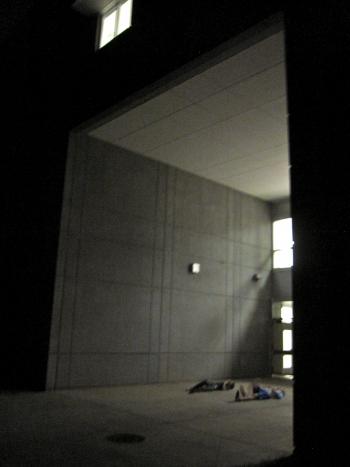
When looking through the pictures together, one of the main themes we’ve noticed is the similarity between the physical spaces of prisons and schools. This is apparent when we compare Erin’s photos of her school to Chinese prisons, Johannah’s images of a school cafeteria space to a prison block, and the photos of Overbrook high school as well. To be sure, the feelings and connotations associated with these spaces are far from what we can call comfortable, positive, or perhaps even palpable. This is evident in their harsh fluorescent lights, the cramped living spaces, the bare, white washed walls, and more generally, the stark, unfriendly nature of these buildings. In other words, these places are designed to evoke bad feelings.
Because of this, I start to get a little worried about how people might approach the solving this problem. More specifically, I’m worried that people might think it’s appropriate to believe that the structure of these spaces are inherently evil and, by extension, believe that these spaces must be completely abandoned in order to address problems within these two institutional spaces. The reason why I worry is because I don’t believe a complete rejection of these institutional buildings and is necessarily fruitful, or even possible.

The Eroticization and Objectification of Female Inmates
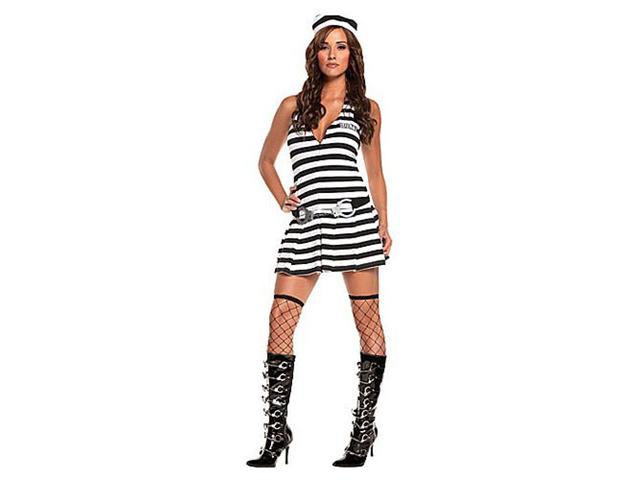
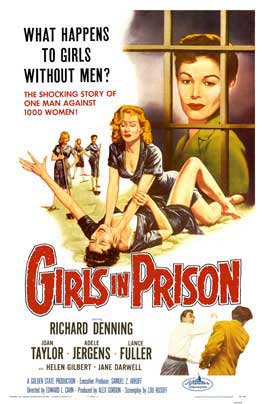
I was first struck by the eroticization of female inmates when I was researching images of female offenders for Barb’s vision class, but it wasn’t until I saw the “sexy prisoner” costumes that I thought more carefully about the subject. A Google search of “women in prison” turns up a number of movie posters for pornographic or erotic films set in prison. That such a serious and life altering experience could be reduced to a sexual spectacle made me cringe.
Voice Paper #2
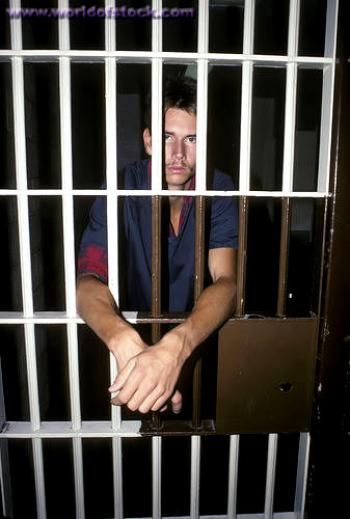
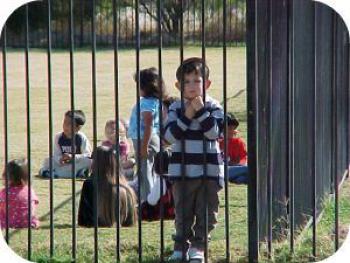
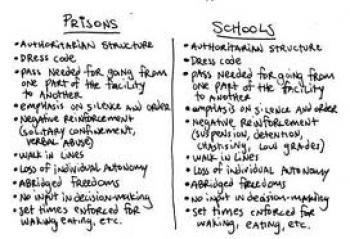
“The uniforms are just like the ones we had to wear in elementary school. Same white shirts and blue pants. When I look at these, I can’t help but thinking, what were they preparing us for?”- quote from a student from Percy Julian High School from Meiners’ book “Right to Be Hostile”

2Pac
After writing my paper, I looked up some images of 2Pac with his quotes and I found this. I really like and wanted to share.


2pac, prisons and schools
"There should be a class on drugs. There should be a class on sex education, a real sex education class. Not just pictures and diaphrams and unlogical terms and things like that. There should be a drug class, there should be sex education, there should be a class on scams, there should be a class on religious cult, there should be a class on police brutality, there should be a class on aparthy, there should be on racism in america, there should be a class on why people are hungry, but there not, there’s class on gym, you know, physical education, let’s learn volleyball. because one day…you know…there’s classes like algebra where I’ve yet to go to a store and gone xy+2 and give me my change back thank you. I think you can let me out, I’ve lived alone by myself. And the things that helped me were the things I learned from my mother, from the streets." --Tupac (Age 17).







